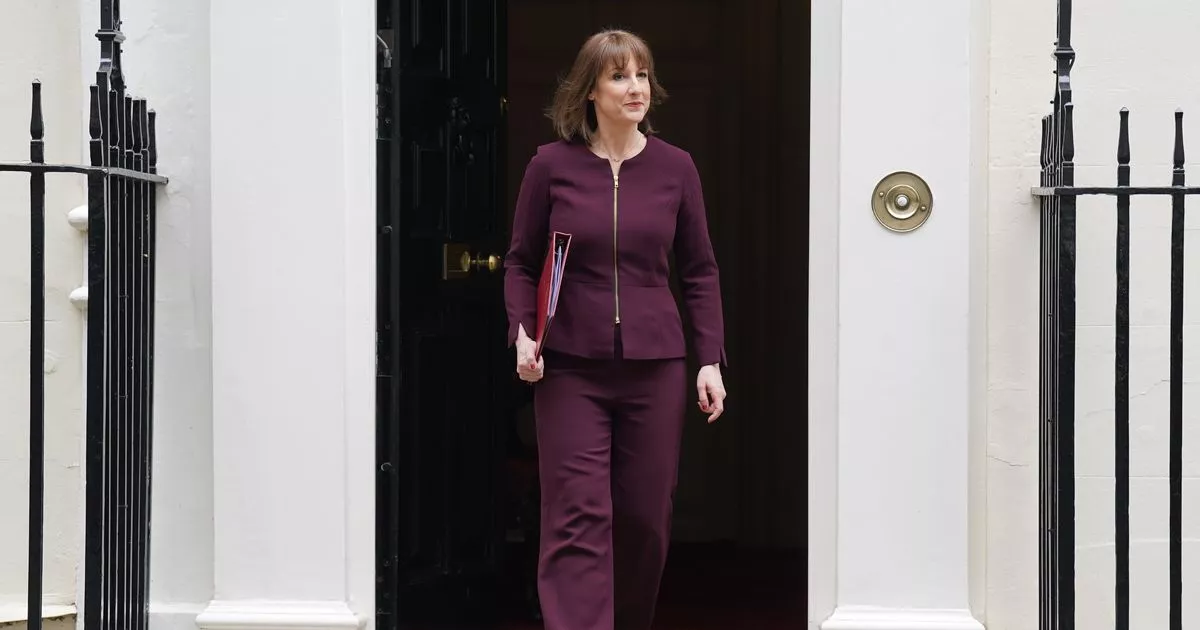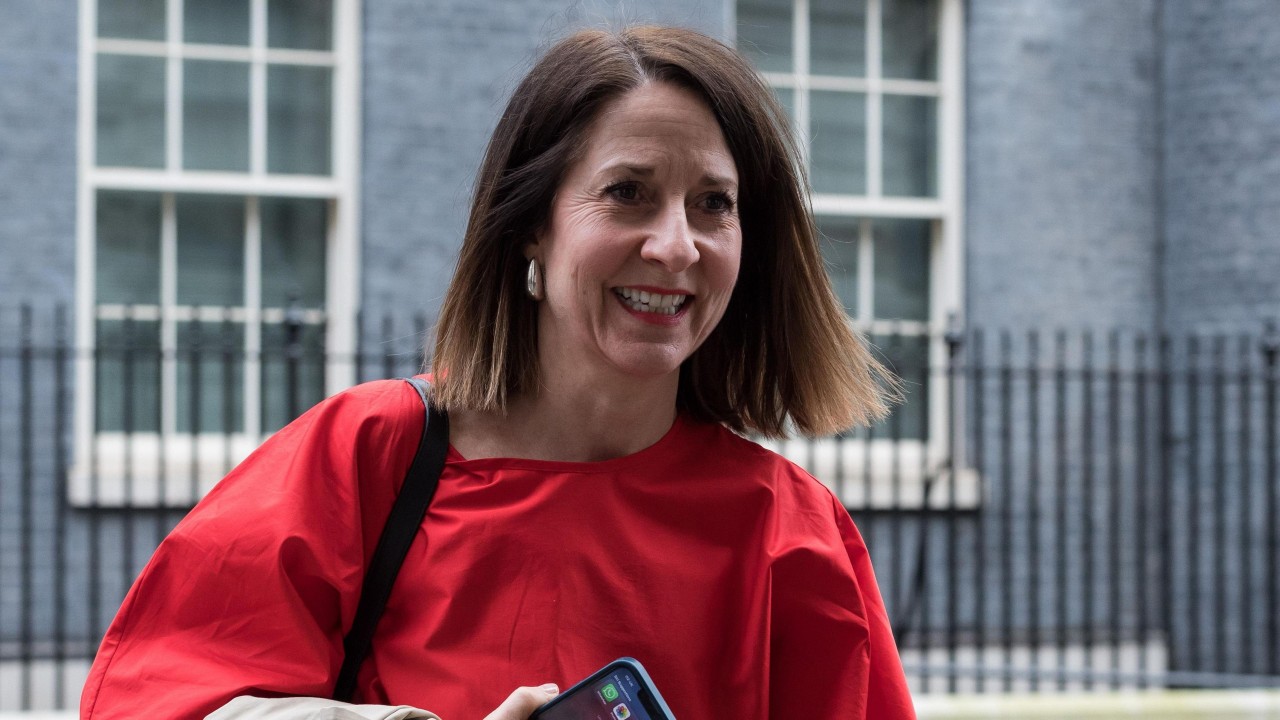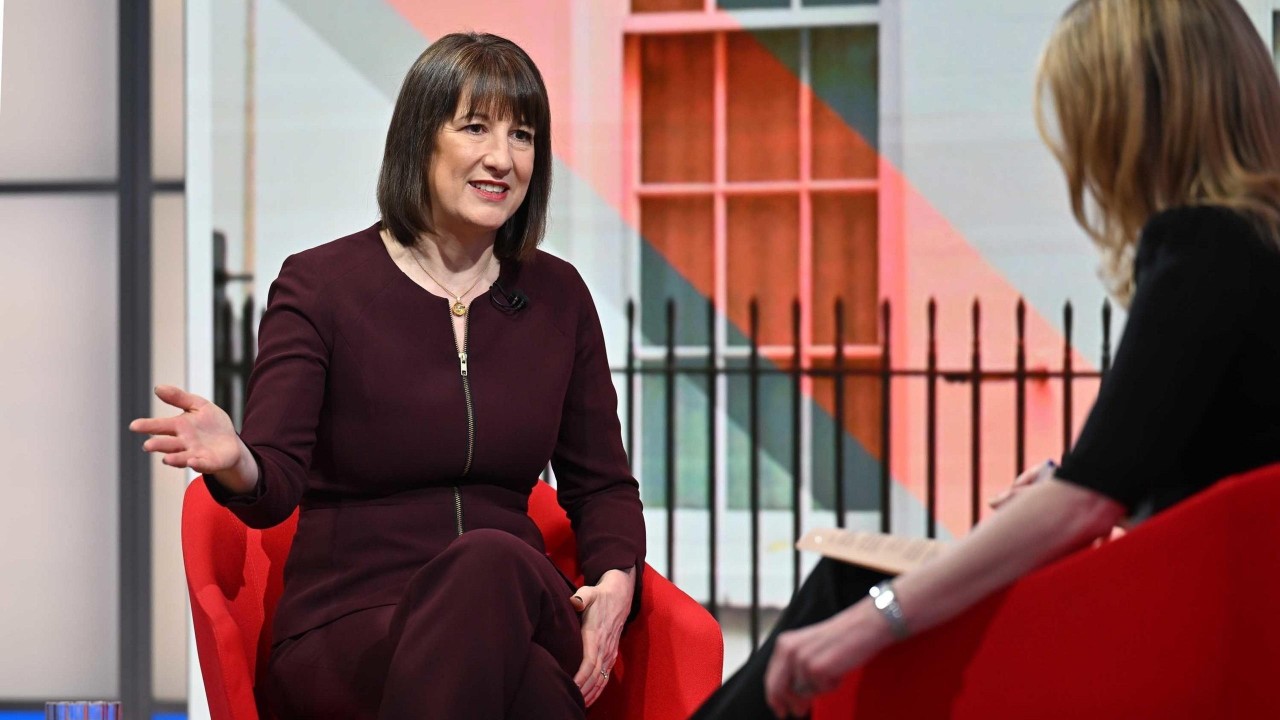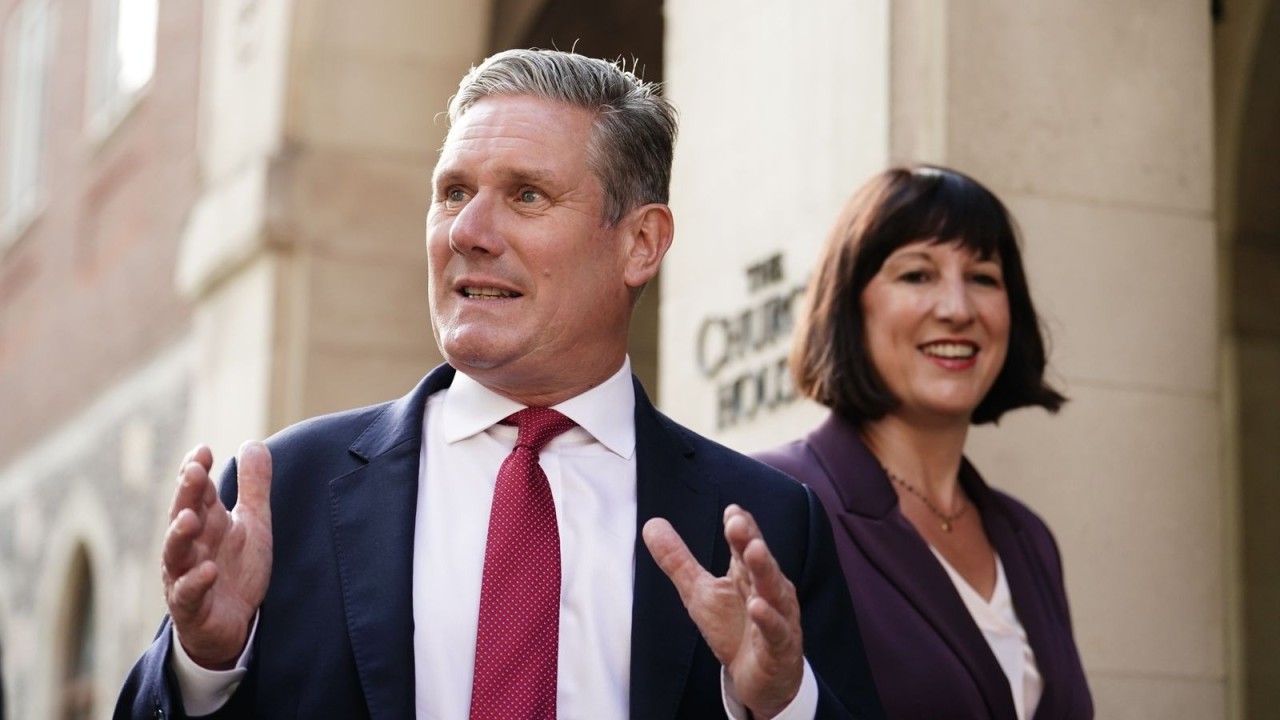Jon Wynne-Jones
Partner
Read more


When it comes to crisis communications, every situation is different. There are, however, certain skills and approaches that expert advisors can pick up and hone over the years, in order to guide a business and its leadership to the safest possible territory. Christian May talks to Hawthorn partner Jon Wynne-Jones about the art of crisis communications.
By definition, a crisis is unexpected if not entirely unforeseen. Is it possible to be totally prepared?
The companies who fare best in a crisis, or are able to skillfully prevent an issue developing into a crisis, are those who have taken time to review and understand all their potential reputational threats. Nothing beats preparation, and when you’re faced with a serious problem it’s often too late to start from scratch. The protocols and procedures for an initial response should already have been agreed and understood, so leaders can act with forethought rather than trying to make snap decisions when facing a myriad of competing demands. As one example, we prepared an Issues Book for adidas ahead of the 2018 World Cup with a section on the unlikely scenario of the match ball bursting. Rather unbelievably, it happened in the first match, and we were able to respond within minutes, preventing the issue from unravelling on social media.
What’s the threshold for a crisis? How does it differ from a challenge, issue, problem, mistake or a bad day at the office?
A crisis is often the result of an issue or mistake being mismanaged. The significant difference between them is the level of negative attention a crisis creates for the organisation, and ultimately the impact it has on the reputation and the bottom line. Veteran Labour spin doctor Alastair Campbell used to measure crises by the length of time the story would last on the front pages, but whereas political crises can end with a resignation, a company can find that they take months to recover from. Recent examples that highlight the contrast between an issue and a crisis would be the debacle over the Co-Op Live arena cancellations and the Post Office scandal, which were – – respectively a short-lived embarrassment and an all engulfing, era-defining nadir.
What are some of the main mistakes that a business could make in the initial response to a crisis?
There is a fine balancing act to be managed in responding to a crisis. On the one hand, there is immediate pressure to comment, to provide clarity on the situation, but any engagement risks fueling the fire unless it is part of a comprehensive crisis comms plan. This tension can too often lead to businesses providing a statement before all the facts have been established or providing reassurances that prove to be unrealistic. In a worst-case scenario, this can see a business making a denial that later proves to be untrue. These types of errors can result in trust being shattered, sometimes permanently.
In the other extreme, some organisations refrain from commenting when it is clear that they are at fault, and the longer they remain silent, the more the outrage grows as they lose control of the narrative. For businesses with a large customer base or consumer-facing brand, effective communication is particularly vital in order to reassure, explain, and retain trust.
Can you give us an example of a business that has responded to a crisis well?
It depends on the nature of the crisis and the measure of success. Each crisis is different, for different reasons. Some may last a matter of days or weeks while others threaten much longer term ramifications. Anyone who really studies crisis communications is familiar with the Tylenol crisis at pharmaceutical giant Johnson and Johnson. Tylenol was American’s market-leading painkiller, but in 1982 someone tampered with a batch during production and the poisoning caused seven deaths in the Chicago area. It was horrific, but the response of Johnson and Johnson’s Chairman James Burke would become a model in effective crisis communications. An immediate policy of total openness combined with a national product recall and long-running media campaign was seen by some as a risky overreaction, but the company ultimately won plaudits for its constant and unvarnished communication. Burke basically said: “Do not take this product until I tell you it is safe to do.” And the public trusted him. The company’s market share and performance recovered within around 12 months, when it could so easily have collapsed if the crisis wasn’t handled and managed with such authority and clarity.
And less well?
RedBird’s recent attempt to acquire the Telegraph with the UAE-based IMI emphasised the importance of communications, and how mismanaged corporate affairs can snowball into geopolitical complications. As the groundswell of opposition to the proposed takeover gained an increasingly broad coalition, the ferocity of the criticism directed towards the Gulf state led to strained diplomatic relations. In believing that they could do a deal directly with the Barclays, they ignored the need to build an alliance of advocates to support the benefits of the move and completely underestimated the level of hostility that a UAE-backed acquisition would provoke amongst Telegraph and Spectator staff. Their complacency meant that they were never in control of a story that spiraled out of their control and has run prominently for much of this year.
Depending on the nature of the crisis, presumably there could be a different emphasis on internal and external communications?
While there tends to be a greater focus on external communications during a crisis, internal communications is hugely important, not only for keeping staff informed and motivated, but also for preventing the issue being exacerbated by the negative reaction of employees. For example, during the investigation into allegations of misconduct by DJ Tim Westwood, staff at broadcasting giant Global revealed that they had been told not to report the claims and some of the presenters went public on social media in voicing their disquiet, compounding the crisis. Internal communications should be aligned with what is expressed externally as anything that is inconsistent risks making the organisation look disingenuous. All audiences need to be considered; whether that’s suppliers and customers or stakeholders, staff and the media.
How has the impact of a crisis changed over recent years? Has it become harder to contain or respond to?
The inexorable growth of social media and 24-hour news have changed the immediacy of a crisis, and increased the pressure to respond quicker. With the level of scrutiny now more forensic than ever, one misstep has the potential to cause significant damage: an unguarded comment to a reporter or an ill-judged tweet can deepen a crisis. The power of lobby groups and influencers online can inflame and distort an issue, leaving an organisation at risk of losing control. If a crisis used to be measured by the level of coverage in the papers, the amount of engagement the issue receives online is now a determining factor. However, engaging with critics online is rarely advisable or beneficial because the conversations tend to be so febrile and partisan.
Although social media and 24-hour news may have changed the impact and spread of a crisis, the rules behind managing them remain largely the same. The best way to control widespread attacks is to demonstrate contrition where appropriate, control of the situation with clear communications and an honest commitment to addressing it.
Quite often a company’s systems and protocols are revealed by a crisis; either found to be up to scratch or found wanting. How should businesses put their crisis playbook into the best possible shape?
The best way to test their crisis playbook is through practice. Crisis simulation sessions, which involve realistic scenarios played out online and mock interviews of the leadership team, gauge how clearly the organisation has defined their processes and whether the messaging sounds authentic and persuasive. Playbooks need to be constantly reviewed and updated to ensure they remain relevant. There might be occasions when a crisis has emerged that hasn’t been foreseen, but the central principles of how to handle the response remain the same.
In a lot of cases, there ends up being a tension between the advice of lawyers and the advice of communications professionals. How should this dynamic be managed?
An organisation’s lawyers are understandably, and rightly, circumspect in the wake of a crisis, as they are wary about any comments, internally or externally, that could undermine their position. This can cause a tension with the comms advisors who have similar concerns that by saying nothing, a business can worsen the crisis by creating the wrong impression. Silence can seem arrogant and aloof, not in control of a situation or in denial as well as ceding the narrative to the media and critics. Best practice sees the legal and PR teams working collaboratively, sacrificing any self-interests to put the client first. The legal ramifications need to take precedence, but when the teams work efficiently together, the organisation is allowed to provide comment when relevant, with the content having been agreed with the lawyers. On occasions when it is mystifying that an organisation has not commented on a crisis, it will often be due to restraints from the legal team, in which case other forms of communication need to be considered. When Thomas Cook was accused of negligence following the deaths of two children at one of their package hotels, their months of silence became unbearable and ultimately contributed to a catastrophic reputational hit.
It probably isn’t desirable but is it possible to have a good crisis?
While nobody welcomes a crisis, handled well they present an opportunity for a company to demonstrate its values. Those companies who express genuine remorse where they’ve made a mistake, clearly take care of their customers and articulate how they have addressed the issue, can find their brand enhanced with people clearer about their identity. One of the best managed crises of recent years remains when KFC ran out of chicken, which could have been a deeply embarrassing episode. Instead, by responding quickly and intelligently on social media, they gained widespread acclaim for how they engaged with their customers. demonstrating the values of a company that understands its customers. The way they used humour, rearranging the letters to spell FCK on a chicken bucket, and kept their customers informed through each stage of correcting the issue, was a perfect example of how a failure can be transformed into a win.
Described as “unmatched in shaping the news agenda” by the British Press Awards, Jon Wynne-Jones oversees our work supporting clients facing issues and crises, with extensive experience of helping global companies and federations to navigate reputational challenges.

What is happening to women’s rights? Are we seeing a counter revolution, a correction, a blip or a re-framing...
Read more
In the penultimate answer at Wednesday’s PMQs, Sir Keir Starmer retorted: “I have full confidence in the Chancellor, thank...
Read more
LOVELESS LABOUR’S LOST There is real exasperation amongst more experienced Labour MPs on the way proposed welfare changes –...
Read more
It was to nobody’s surprise that Kemi Badenoch kept rather quiet on her ‘First 100 Days’ anniversary this Monday....
Read more
Gunning for growth Fresh from her promotional tour in the Swiss Alps, Rachel Reeves has returned from Davos with...
Read more
The state of play Keir Starmer’s new(ish) Labour Government has admittedly struggled to live up to its promise in...
Read more